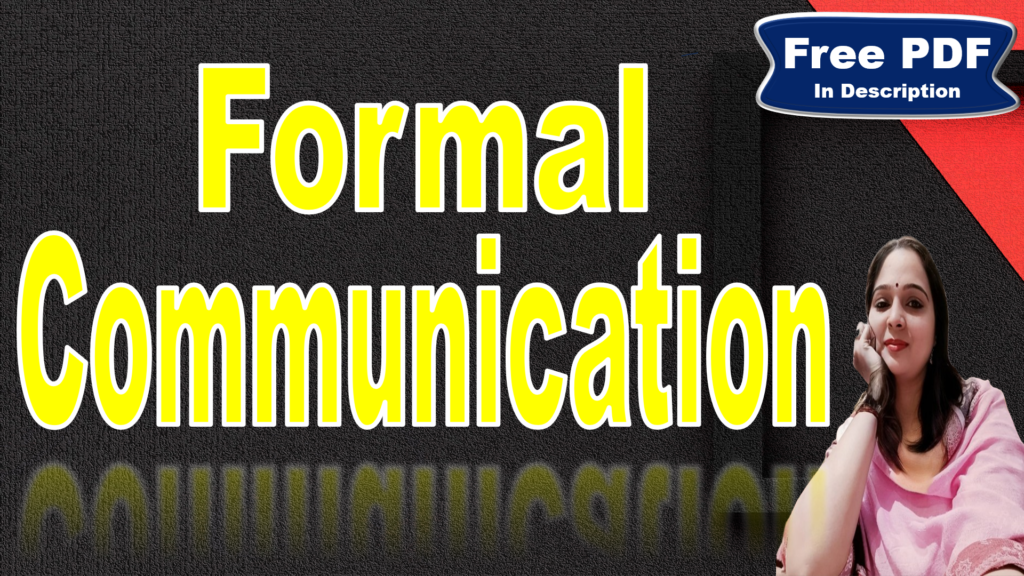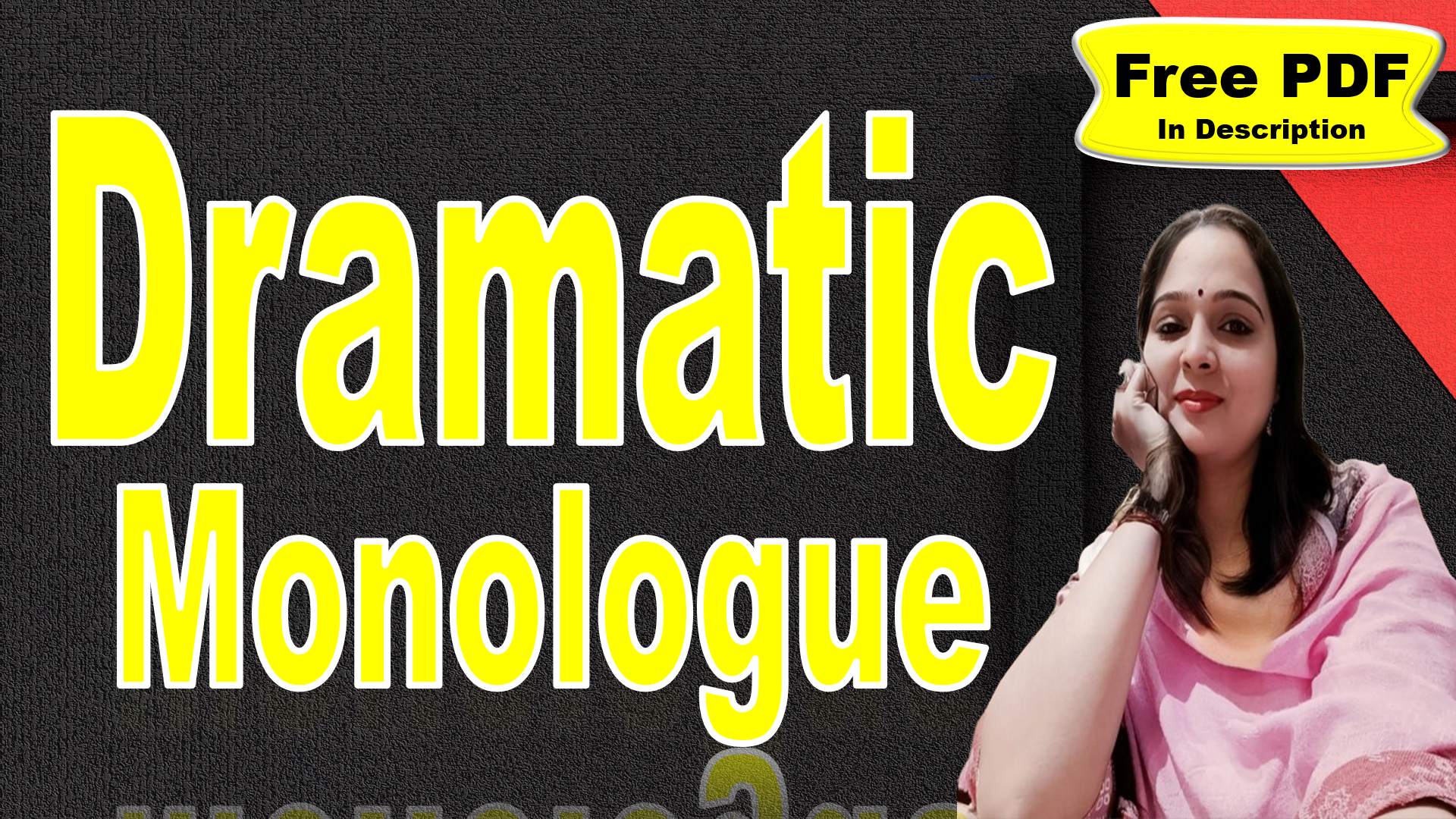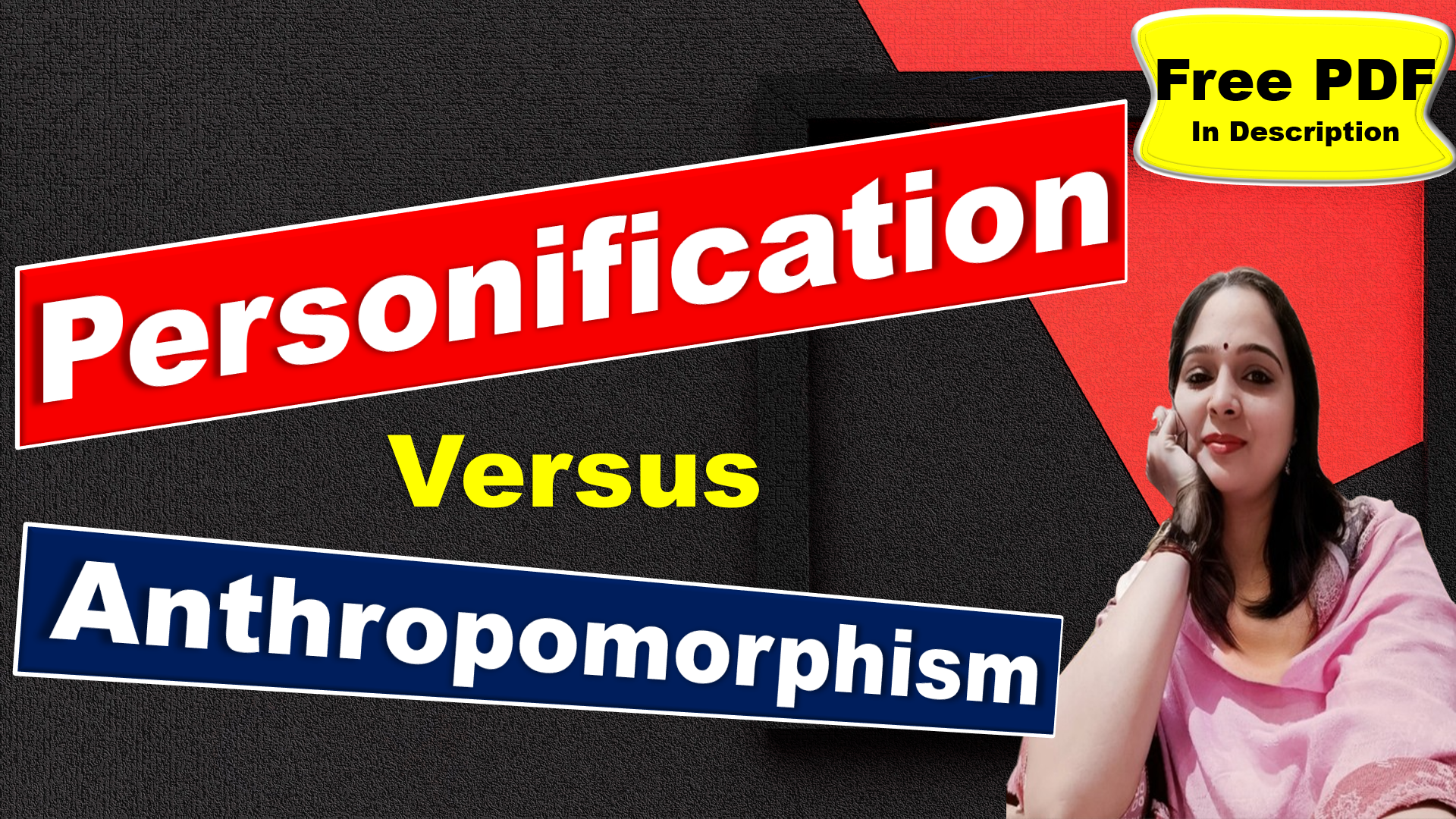
Characteristics of Formal Communication
1. Written or Oral
Formal communication can be either written or oral. Written communication includes letters, reports, emails, memos, and other documents. It is often used in professional settings where a record of communication is necessary. Oral communication, on the other hand, includes speeches, presentations, and meetings. It is often used in situations where immediate feedback is necessary.
2. Formal Relation
Formal communication often occurs between individuals who have a formal relationship. This could be between a manager and an employee, a teacher and a student, or between organizational departments. The nature of this relationship often dictates the tone, content, and form of the communication.
3. Prescribed Path
Formal communication often follows a prescribed path. The organizational hierarchy establishes the channels through which it flows. For example, in a business setting, communication might flow from a manager to a supervisor to an employee.
4. Organizational Message
Formal communication often carries an organizational message, implying that it pertains to the organization’s professional activities. This could include information about company policies, new initiatives, or feedback on performance.
5. Deliberate Effort
Formal communication requires deliberate effort. It is not spontaneous or casual. Instead, it requires planning and thought to ensure the message is clear, concise, and accurately conveys the intended information.
In conclusion, formal communication is a structured form essential in professional settings. It allows for clear and effective communication between individuals, which is crucial for the smooth functioning of any organization. Understanding these characteristics can help individuals communicate more effectively in a professional setting.
Formal Communication Network
A formal communication network refers to an organization’s structured and regulated communication channels. It is the path along which information flows within the organization, connecting various departments, levels, and individuals. This network is typically defined by the organizational hierarchy and the nature of the job roles.
Types of Formal Communication Network
1. Wheel Network
The wheel network is characterized by a central figure through which all communication passes. This central figure acts as the wheel’s hub, with all other organization members acting as spokes. All communication, whether instructions, feedback, or information, passes through this central hub. This type of network is common in organizations with a strong hierarchical structure, where the central figure (like a CEO or manager) has the final say in decisions. While this network ensures that the central figure controls all information, it can also lead to bottlenecks if the central figure is inefficient in disseminating information.
2. Chain Network
As its name suggests, the chain network is similar to a chain. Information flows along a certain path or ‘chain’—from top management to middle management and then to lower-level employees or vice versa. This type of network is common in traditional, bureaucratic organizations with a clear chain of command. This network has the advantage of preserving hierarchical authority and control. However, it can cause communication delays and distort information as it moves through different levels.
3. Circle Network
In a circle network, communication occurs between members of the organization who are adjacent to each other. This type of network is common in teams or departments where members must collaborate closely. For example, in a project team, team members communicate with each other to coordinate tasks and share information. The advantage of this network is that it encourages collaboration and the quick sharing of information. However, it may lead to an information overload if not appropriately managed.
4. Free-Flow Network
There are no restrictions on who can communicate with whom in a free-flow network. Members can communicate freely with anyone else in the organization. This type of network is common in modern, flat organizations that encourage collaboration and cross-functional teams. Its advantage is that it encourages innovation and quick decision-making. However, it may lead to a lack of clear authority and responsibility.
5. Inverted ‘V’ Network
In an inverted ‘V’ network, subordinates communicate with their immediate superior and their superior’s superior. This type of network is common in organizations that encourage open communication and feedback at all levels. Its advantage is that it allows for a free flow of ideas and feedback, which can lead to better decision-making. However, it may undermine the authority of immediate superiors.
Examples of Formal Communication
Meetings: Meetings are a common form of formal communication in organizations. These are scheduled events where members of an organization gather to discuss matters of common interest. For example, a team meeting might involve a project manager outlining the tasks for the upcoming week to the team members. The project manager used a structured agenda and professional language to ensure all team members understood their responsibilities.
Legal and Commercial Notices: These are formal documents that provide information or instructions. For example, a company might issue a recall notice for one of its products due to a potential safety issue. The notice would be written in formal language, providing detailed information about the issue and the steps customers should take. These notices are often legally binding and require a high level of formality and precision in their language.
Documents: Formal documents such as contracts, reports, and memos are common in business. These documents are written in formal language and follow a specific format. For example, an agreement between two companies would outline the terms and conditions of their partnership in clear, legal language.
Reports: Reports are formal documents that present information in an organized format. For example, a financial analyst might present a quarterly earnings report to the company’s stakeholders. The report would use formal language, charts, and graphs to show the financial data in a simple way that is easy to understand and analyze.
Publications: Publications, such as academic papers, research reports, and books, are examples of formal written communication. These publications follow strict guidelines for structure, tone, and citation of sources. For example, a research scientist would use formal academic language to write a paper on their latest findings for a peer-reviewed journal.
Social Media: Social media is an informal and formal communication platform for businesses and organizations. For example, a company might use its official LinkedIn page to announce a new product launch. The announcement will be written professionally, and critical details about the product will be provided.
Graphics: You can formally present information using infographics, charts, and diagrams. For example, an infographic showing the impact of climate change on global temperatures would use formal language and professional design elements to convey the information in a visually appealing way.
Messages: Messages, particularly those in a professional setting, are often formal. For instance, a manager would write a professional tone in an email to an employee, providing feedback on their performance. The manager would give constructive feedback and outline any areas for improvement.
Media: Media releases, such as press releases and public service announcements, are examples of formal communication. For example, a government agency might issue a press release about a new policy initiative. The press release would utilize formal language and offer comprehensive details about the initiative.
Public Speaking: Public speaking, such as giving a presentation or a speech, is a form of formal oral communication. The speaker would use a formal tone, structured content, and professional language. For example, a keynote speaker at a conference would present their research findings in a structured format, using professional language and visual aids to support their points.





